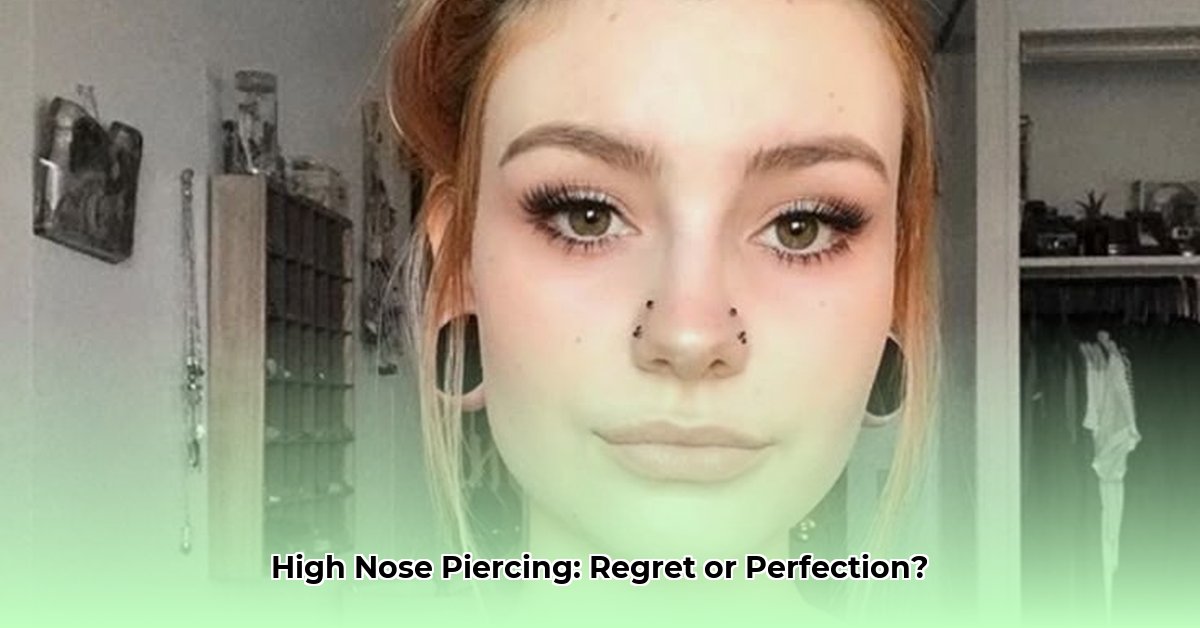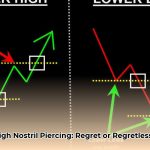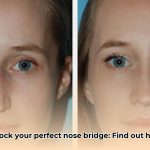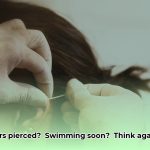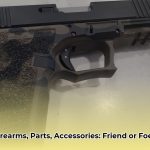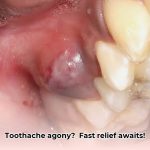Considering a high nostril piercing? This comprehensive guide provides essential information, from the piercing procedure to ensuring a smooth healing process. Learn about potential risks, aftercare tips from expert piercers, and how to select the right jewelry. Arm yourself with knowledge and make an informed decision for a successful and stylish piercing experience.
What is a High Nostril Piercing? Placement and Considerations
A high nostril piercing, also known as an upper nostril piercing, sits higher on the nose, closer to the bridge, than a standard nostril piercing. Unlike traditional nostril piercings that go through the softer cartilage of the lower nostril, high nostril piercings often pass through thicker, denser cartilage. This unique placement not only offers a distinctive aesthetic but also influences the healing process and jewelry options.
Key Things to Know:
- Placement: High nostril piercings are positioned higher on the nose, near the nasal bridge, requiring a piercer with specific expertise.
- Healing: Due to the thicker cartilage, healing typically takes longer than standard nostril piercings, often requiring diligent aftercare.
- Expertise: Choosing a skilled and experienced piercer is crucial for minimizing complications and achieving optimal placement.
- Jewelry: The location limits jewelry options, requiring smaller, more delicate pieces.
Finding the Right Piercer: Experience and Hygiene Standards
Selecting a qualified piercer is paramount for a safe and successful piercing. Look for a piercer with extensive experience specifically in high nostril piercings. Verify their credentials, check their portfolio, and ensure the studio adheres to strict hygiene practices.
Dermatologist Dr. Emily Carter at the American Academy of Dermatology emphasizes, “Proper sterilization and technique are essential to prevent infections and ensure a successful piercing. Don’t hesitate to ask your piercer about their sterilization methods and experience.”
Steps to Finding a Qualified Piercer:
- Research: Search for piercers with a strong portfolio of high nostril piercings and positive client testimonials.
- Hygiene: Ensure the studio maintains a sterile environment, utilizing autoclaves for instrument sterilization and disposable needles.
- Consultation: Schedule a consultation to discuss your goals, assess your nasal anatomy, and ask about their aftercare protocols.
- Credentials: Confirm certifications and licenses to ensure the piercer meets industry standards.
Jewelry Selection: Choosing Safe Materials and Initial Styles
The right jewelry is crucial for both aesthetics and healing. For initial piercings, piercers typically recommend a small, simple labret stud made from hypoallergenic materials.
Recommended Materials:
- Implant-Grade Titanium: This is the most biocompatible option, ideal for sensitive skin and minimizing allergic reactions.
- Surgical Steel: Make sure it is implant-grade and nickel-free to avoid allergic reactions.
- 14k Gold: If choosing gold, ensure it is 14k or higher, as lower purities may contain nickel.
Initial Jewelry Considerations:
- Style: Labret studs are preferred due to their flat back, which minimizes irritation and provides a secure fit.
- Gauge: The piercer will determine the appropriate gauge, typically 16G or 18G, depending on your anatomy.
- Size: Jewelry should be long enough to accommodate initial swelling but not so long that it catches on clothing.
The Healing Timeline: What to Expect and How to Care
High nostril piercings generally take longer to heal than standard nostril piercings, typically ranging from 6 to 9 months. Patience and diligent aftercare are essential to prevent complications.
Stages of Healing:
- Initial Stage (1-2 weeks): Expect redness, swelling, tenderness, and minor bleeding or bruising.
- Intermediate Stage (2 weeks – 3 months): Discharge of clear or yellowish fluid (lymph) is normal. Continue regular cleaning.
- Late Stage (3-9 months): The piercing may appear healed, but the tissue is still fragile. Continue aftercare until fully healed.
Potential Problems: Recognizing and Addressing Complications
While high nostril piercings can be a beautiful addition to your look, understanding potential complications is key.
Common Issues:
- Infection: Signs include increased pain, swelling, redness, pus, and fever. Seek medical attention immediately.
- Rejection: The body may push the jewelry out, causing migration and scarring. Consult your piercer if you notice the jewelry shifting.
- Migration: The piercing moves from its original placement. Promptly address this to minimize scarring.
- Embedding: The jewelry becomes embedded in the skin. This requires professional removal.
- Granulomas/Keloids: Bumps can form around the piercing. Proper aftercare can help prevent this but professional intervention will likely be required
Aftercare Instructions: A Detailed Guide for Optimal Healing
Proper aftercare is crucial for minimizing complications and promoting swift healing.
- Saline Soaks: Soak the piercing twice daily with a sterile saline solution (0.9% sodium chloride). Use a clean cotton swab or gauze pad to apply the solution for 5-10 minutes.
- Gentle Cleaning: After soaking, gently clean the piercing with a mild, fragrance-free soap and water.
- Avoid Touching: Refrain from touching the piercing unless cleaning. Always wash your hands thoroughly beforehand.
- Stay Dry: Keep the piercing dry to prevent bacterial growth. Pat dry with a clean paper towel after cleaning.
- Avoid Irritants: Avoid using harsh chemicals, alcohol, hydrogen peroxide, or ointments on the piercing.
- Protect the Piercing: Be mindful of clothing, glasses, and other accessories that could snag or irritate the piercing.
- Healthy Lifestyle: Maintain a healthy lifestyle with a balanced diet, sufficient sleep, and stress management to support the healing process.
Pros and Cons: Weighing the Decision
Before getting a high nostril piercing, consider the advantages and disadvantages.
| Pros | Cons |
|---|---|
| Unique and eye-catching aesthetic | Longer healing time compared to standard nostril piercings (6-9 months) |
| Customizable with a variety of jewelry options (after healing) | Higher risk of complications such as infection, rejection, and migration |
| Can complement other facial piercings | Requires diligent aftercare and commitment to cleaning |
| A subtle statement of personal style | Potential discomfort or pain during the procedure and initial healing |
| Can enhance the natural contours of the nose | Limited initial jewelry options |
Managing Complications: When to Seek Professional Help
Seek immediate medical attention or consult your piercer if you experience any signs of infection or complications.
Warning Signs:
- Severe pain or throbbing
- Excessive redness or swelling
- Thick, discolored discharge (pus)
- Fever or chills
- Significant migration or rejection
Achieving Success: Patience, Care, and Style
A high nostril piercing is a commitment to both style and aftercare. By choosing a reputable piercer, selecting appropriate jewelry, and following a strict aftercare routine, you can confidently showcase this unique and stylish piercing. Remember, patience and diligence are key to a successful and beautiful high nostril piercing.
- Doctor Work Life Balance: Proven Strategies for Physician Well-being - November 20, 2025
- Find Your Work-Life Harmony: Quotes for a Fulfilling Life - November 18, 2025
- CRNA Work-Life Balance: Strategies for a Healthier Lifestyle - November 16, 2025
